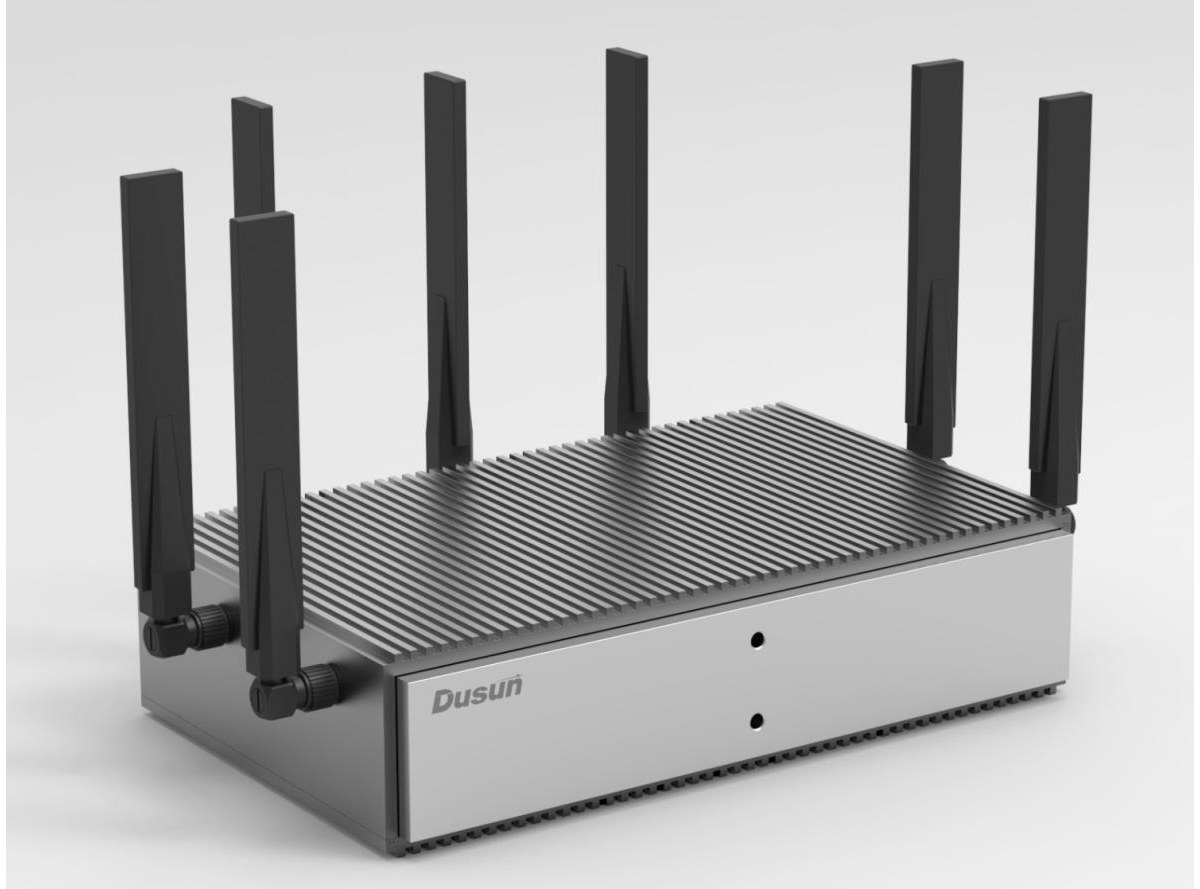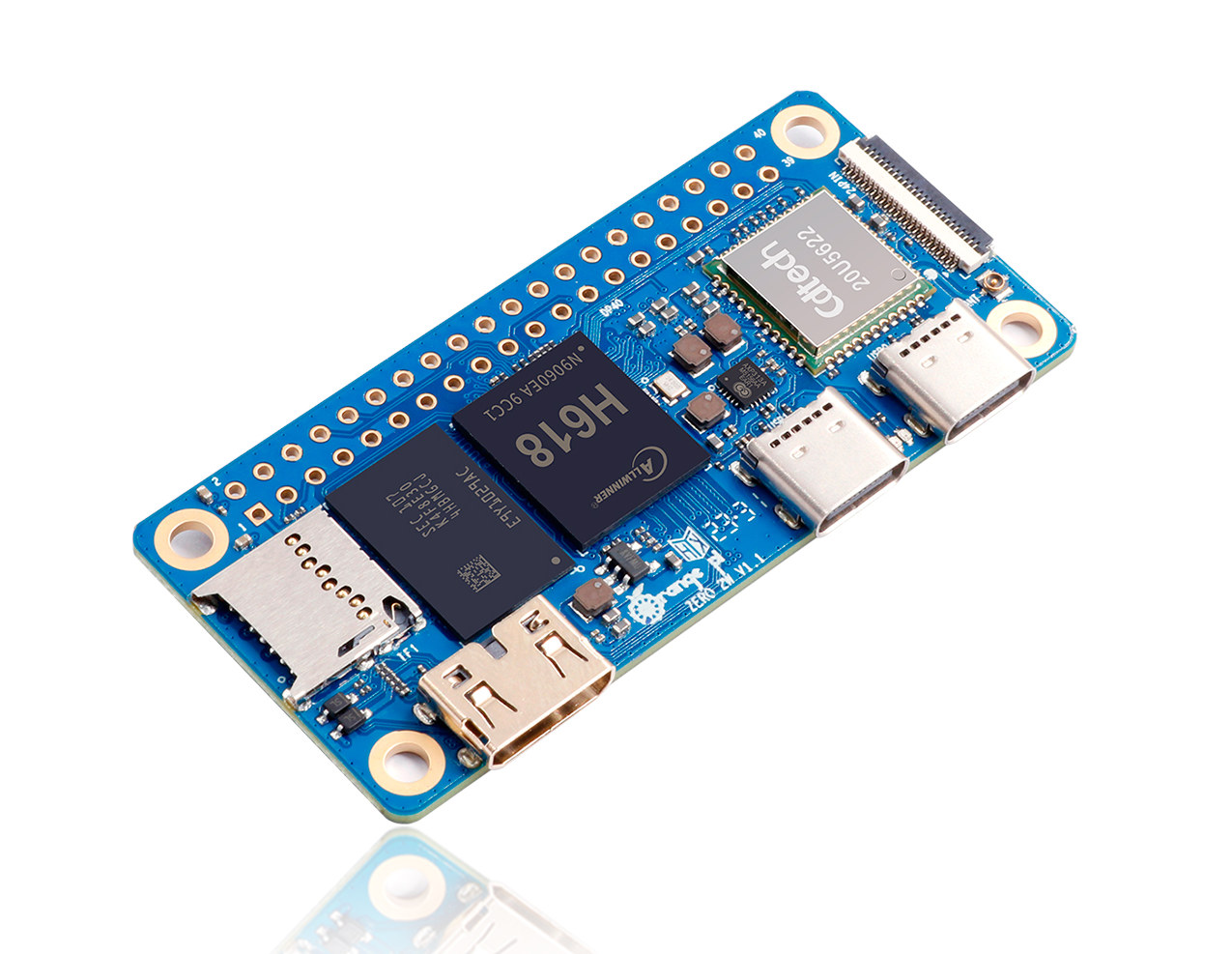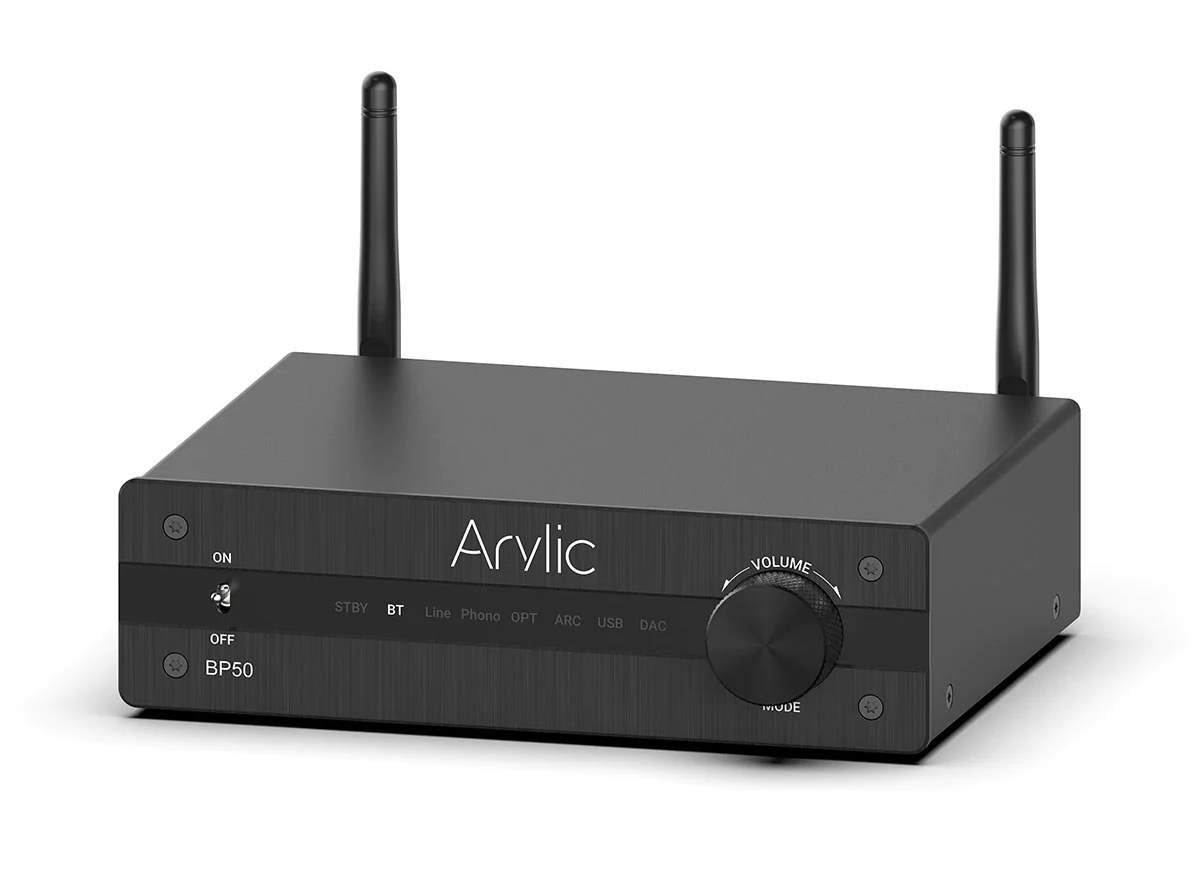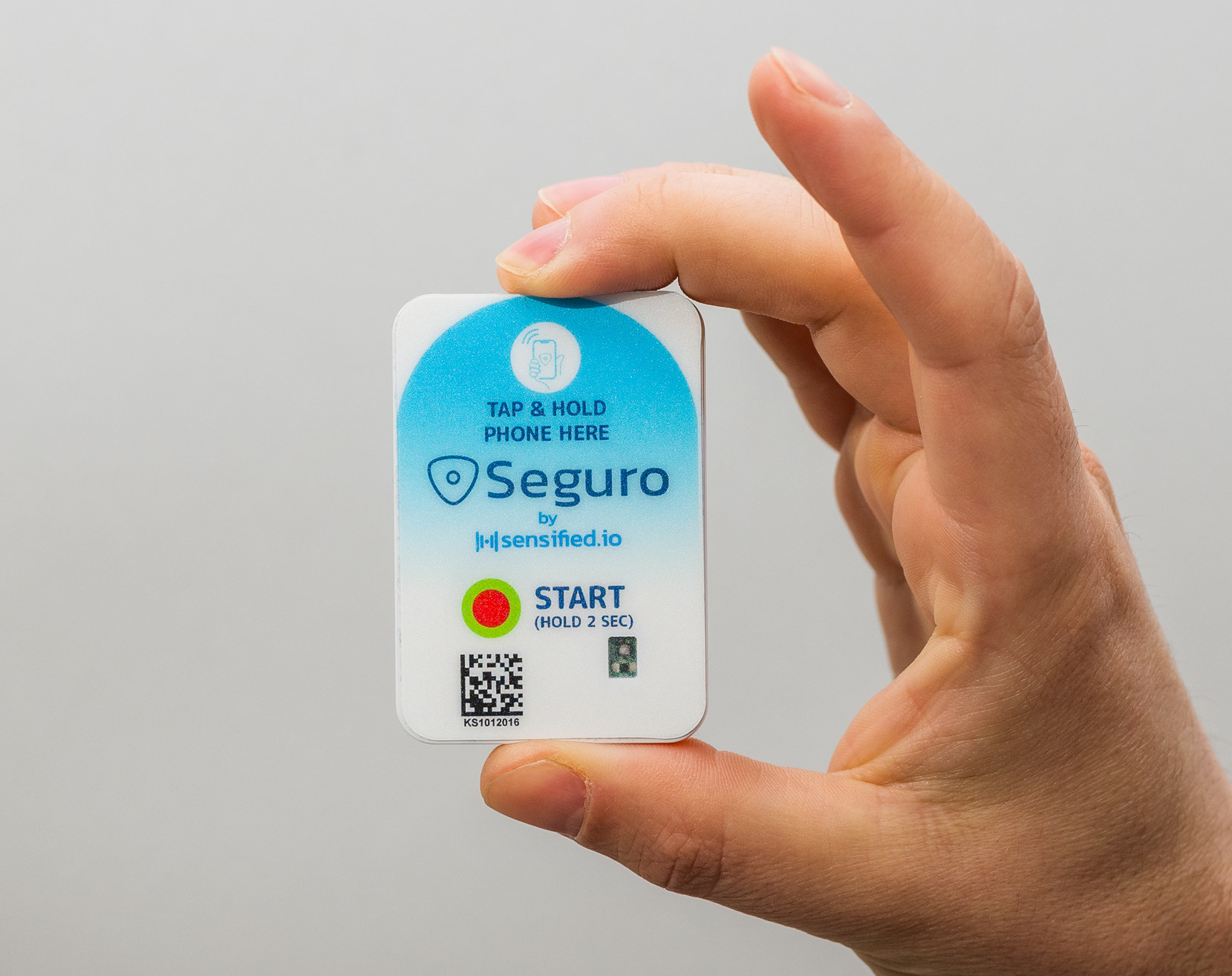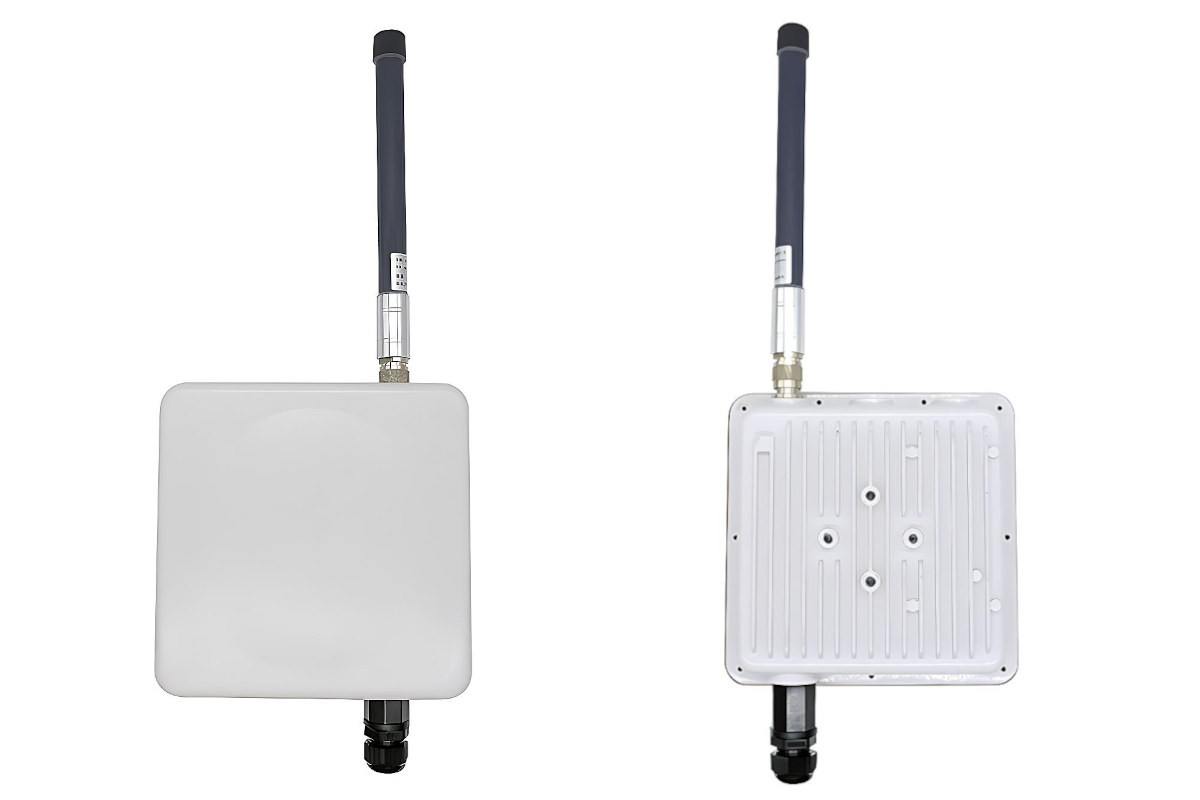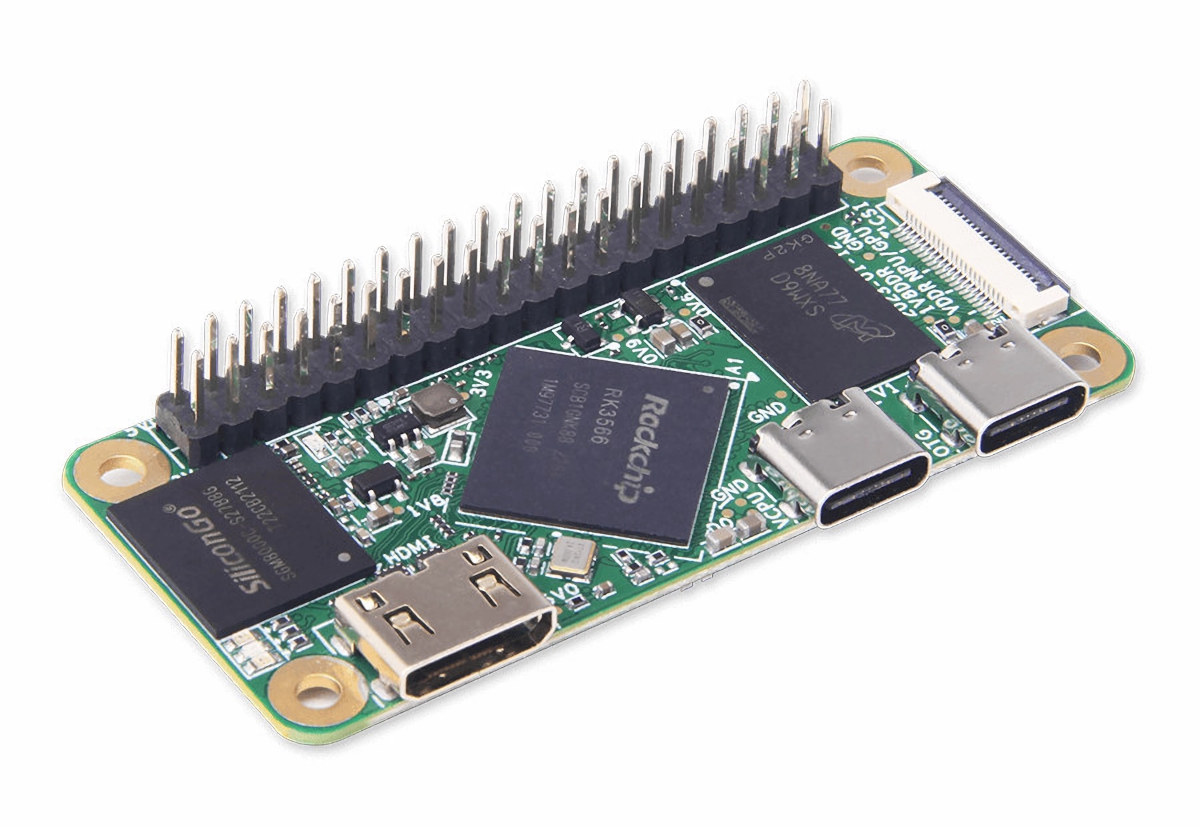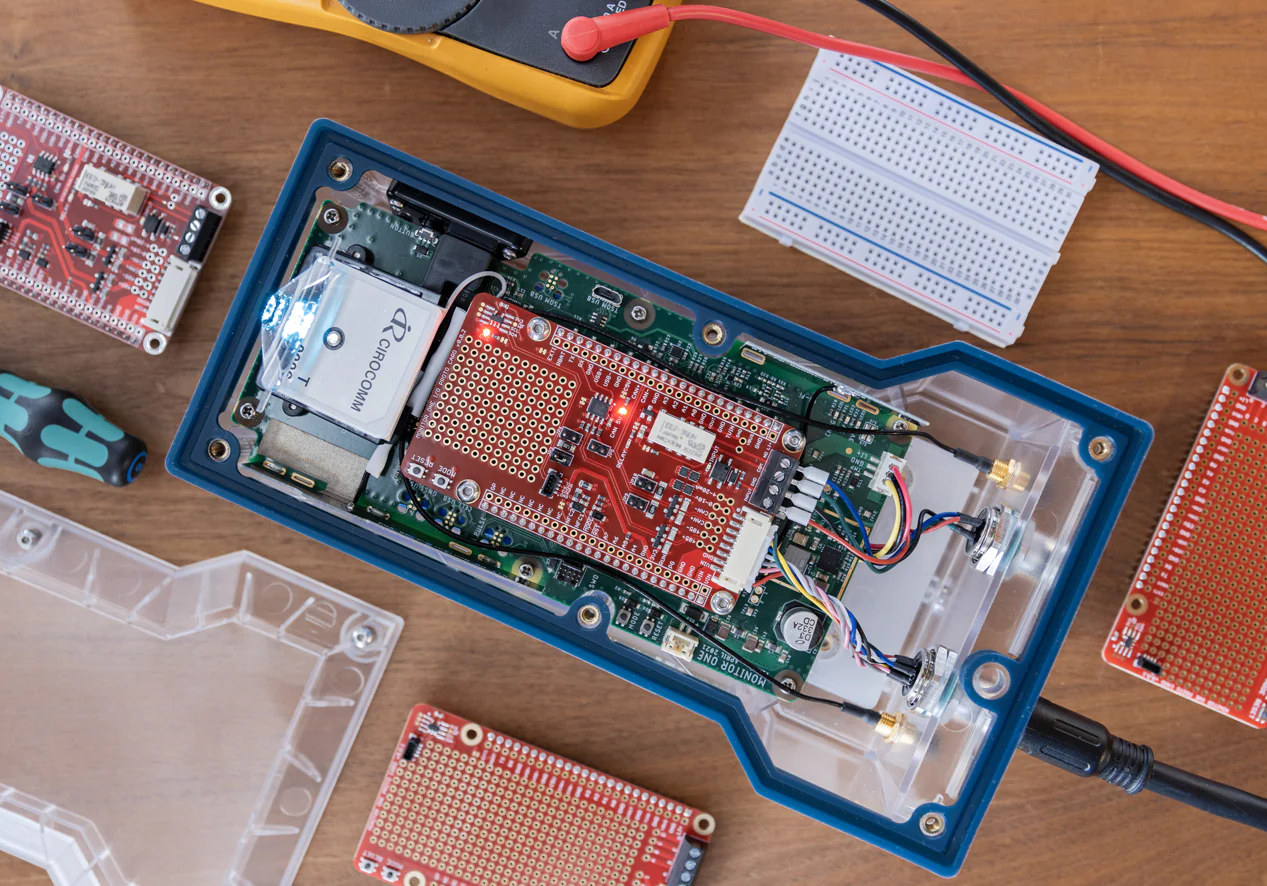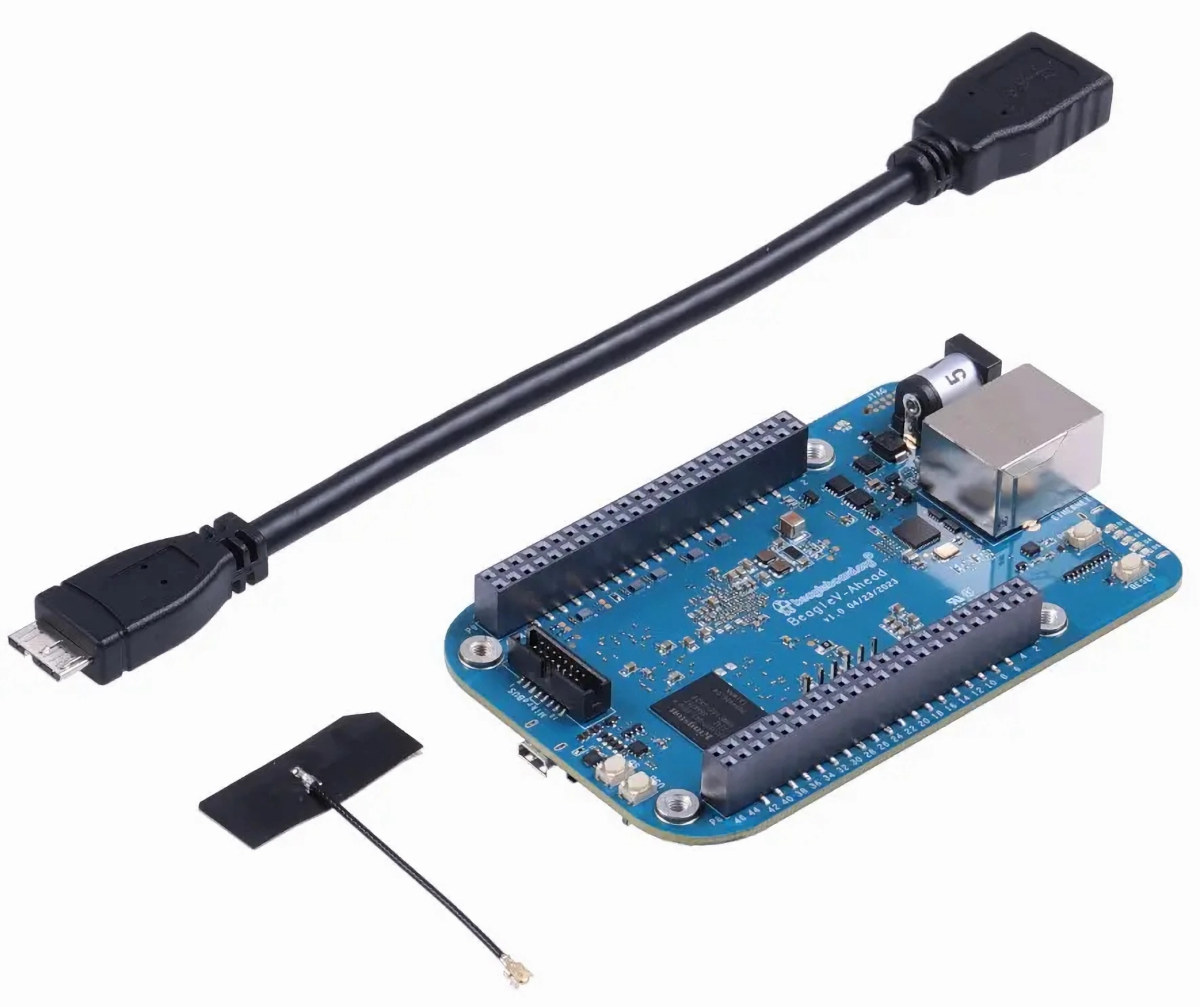Dusun DSGW-380, also called Dusun Pi 5, is an industrial AIoT gateway powered by the Rockchip RK3588 octa-core processor with a 6 TOPS AI accelerator and supporting a wide range of connectivity options. The gateway comes with 8GB LPDDR4 memory, and up to 128GB eMMC flash, and operates in a wide -25 to +75°C temperature range. It supports dual gigabit Ethernet, RS232, and R485 wired connectivity and various wireless protocols including WiFi 6, Bluetooth LE, 5G, and LoRaWAN. Dusun DSGW-380 specifications: SoC – Rockchip RK3588 octa-core processor with CPU – 4x Cortex‑A76 cores @ up to 2.4 GHz, 4x Cortex‑A55 core @ 1.8 GHz GPU – Arm Mali-G610 MP4 “Odin” GPU @ 1.0 GHz Video decoder – 8Kp60 H.265, VP9, AVS2, 8Kp30 H.264 AVC/MVC, 4Kp60 AV1, 1080p60 MPEG-2/-1, VC-1, VP8 Video encoder – 8Kp30 H.265/H.264 video encoder AI accelerator – 6 TOPS NPU System Memory – 8GB RAM Storage – […]
Orange Pi Zero 2W – A Raspberry Pi Zero 2W alternative with up to 4GB RAM
As its name implies the Orange Pi Zero 2W is an alternative to the Raspberry Pi Zero 2W with basically the same features and form factor, but equipped with a slightly more powerful Allwinner H618 quad-core Cortex-A53 clocked at 1.5 GHz, and more RAM options from 1GB to 4GB. The new Orange Pi board comes with a mini HDMI port, two USB-C ports, WiFi 5 and Bluetooth 5.0 wireless module, a microSD card for the OS, a 16MB SPI flash for the bootloader, the usual 40-pin Raspberry Pi GPIO header, and a 24-pin “function” connector used for expansion boards and located where the camera connector is on the Pi Zero 2W. Orange Pi Zero 2W specifications: SoC – Allwinner H618 quad-core Arm Cortex-A53 processor @ up to 1.5GHz with 1MB L2 cache and Arm Mali-G31 MP2 GPU with support for OpenGL ES 1.0/2.0/3.2, OpenCL 2.0, Vulkan 1.1 System Memory – […]
Arylic BP50 – An $80 Bluetooth 5.2 preamplifier with ESS ES9023P DAC (Sponsored)
Arylic BP50 is a low-cost Bluetooth 5.2 preamplifier based on ESS ES9023P 192kHz/24-bit DAC (see datasheet) with support for aptX HD, aptX LL, aptX Adaptive, AAC, and SBC audio codec. The amplifier can also transmit to two Bluetooth headphones simultaneously and offers various ports such as HDMI ARC in, Phono in, Optical in, RCA in, Sub out, Optical Out, Coax Out, RCA Out, and more. Arylic BP50 specifications: Bluetooth connectivity Version 5.2 with up to 15m range 2x Bluetooth Tx to connect up to 2x Bluetooth speakers or earbuds 2x Bluetooth Rx to connect up to 2 Bluetooth transmitter devices Bluetooth audio codecs Tx: aptX HD, aptX, aptX AD, aptX LL, AAC, SBC Rx: aptX HD, aptX, aptX AD, AAC, SBC Audio Frequency Response – 20Hz to 20Khz THD + N/SNR – 0.05%/>95db Codecs from USB storage – MP3, MP4, WMA, MOV, M4A, AAC, FLAC (96kHz/24-bit), APE Inputs Line in […]
Seguro 150 Bluetooth and NFC temperature logger works without mobile app (for the receiver)
Sensified.io Seguro 150 is a 4mm thick waterproof temperature logger designed for cold chain shipping applications in the food and healthcare industries and can also be used in retail settings. Most IoT devices require you to install some type of proprietary app, but the Seguro 150 is said not to require any app for the receiver and the temperature logger instead relies on Bluetooth LE and NFC so he/she can tap his/her phone to access the data and it’s also possible to receive PDF or Excel reports by email. Seguro 150 specifications: Wireless Bluetooth LE 5.0 up to 2Mbps Near-field communications (NFC) up to 10mm range Protocol – Type 4 Tag Emulation Temperature measurement Temperature Range – -30°C to +40°C Thresholds – High, Low Measurement Response – Sampling Interval, Start Delay Buffer – 7 days with 2-minute sampling to 7 months with 60-minute sampling Misc – Multi-color LED Battery – […]
Raspberry Pi CM4-powered outdoor gateway supports GbE, WiFi 5, Bluetooth 5.0, 4G LTE, LoRaWAN, and GPS connectivity
EDATEC ED-GWL2110 is an IP24-rated outdoor gateway based on Raspberry Pi CM4 and supporting Gigabit Ethernet, WiFi 5, Bluetooth 5.0, 4G LTE cellular, LoRaWAN, and GPS connectivity, as well as Power over Ethernet (PoE). The weatherproof gateway also comes with two microSD cards for the OS (CM4 Lite) and data, an HDMI 2.0 output port, a serial console, and features such as an RTC with backup battery, a watchdog, an ATECC608 secure element, and a user-programmable RGB LED. EDATEC ED-GWL2110 specifications: SoM – Raspberry Pi Compute Module 4 SoC – Broadcom BCM2711 quad-core Arm Cortex-A72 processor @ up to 1.5GHz with VideoCore VI GPU System Memory – 1GB, 2GB, 4GB, or 8GB RAM Storage – Optional 8GB, 16GB, or 32GB eMMC flash Wireless – Optional WiFi 5 and Bluetooth 5.0 Storage – Dual micro SD card slot for OS (Raspberry Pi CM4 Lite) and data Video Output – 1x HDMI […]
Geniatech XPI-3566-ZERO – A Rockchip RK3566 SBC that follows Raspberry Pi Zero form factor
Geniatech XPI-3566-ZERO is a Rockchip RK3566 powered single board computer (SBC) that provides an alternative to the Raspberry Pi Zero 2W with a more powerful quad-core 1.8 GHz Arm Cortex-A55 processor, support for 4Kp60 video playback and output, WiFi 5 and Bluetooth 5.0, a built-in eMMC flash, and so on. Geniatech XPI is a family of SBCs that closely follows the design of various Raspberry Pi boards, and after introducing the Raspberry Pi 3 Model B-sized XPI-3566 board last year, the company has now designed a more small Rockchip RK3566 SBC that follows the Raspberry Pi Zero form factor. Geniatech XPI-3566-ZERO specifications: SoC – Rockchip RK3566 quad-core Cortex-A55 processor @ up to 1.8 GHz with Arm Mali-G52 2EE GPU, 1 TOPS AI accelerator System Memory – 512MB LPDDR4 (up to 8GB optional) Storage – 8GB eMMC flash (up to 128GB optional) Video Output – mini HDMI 2.0 up to 4Kp60 […]
Monitor One – A customizable cellular IoT gateway for industrial equipment monitoring
Particle’s Monitor One Developer Edition is a customizable cellular IoT gateway for monitoring industrial equipment packaged in an IP67 rugged enclosure with reference firmware, and suitable for rapid prototyping with support for a range of I/Os and sensors, and even a prototyping area for to solder your own circuitry. Like the company’s earlier Tracker One asset tracker, the Monitor One is based on the Tracker SoM with a Nordic Semi nRF52840 Arm Cortex-M4 wireless SoC for Bluetooth connectivity, a Quectel LTE Cat M1 (North America) or Cat 1 with 3G and 2G fallback (EMEA), u-blox Neo-M8U GNSS module, and an ESP32 for WiFi location support. The new customizable cellular IoT gateway still integrates with the Particle IoT PaaS (Platform as a Service), and the company also provides developer tools. The Monitor One Developer Edition is comprised of the following items: Monitor One base model fitted with a Particle Tracker SoM […]
BeagleV-Ahead quad-core RISC-V SBC offers BeagleBone Capes compatibility
Beagleboard.org Foundation’s BeagleV-Ahead is a single board computer powered by the T-Head TH1520 quad-core RISC-V processor and following the form factor of the popular BeagleBone Black board based on a Texas Instruments Sitara AM3359 single-core Arm Cortex-A8 processor. The new board looks better in almost every way with a much faster processor, 4GB RAM, 16GB eMMC flash, Gigabit Ethernet, built-in WiFI and Bluetooth, a micro USB 3.0 port, micro HDMI video output up to 4Kp60, etc… and the same 80-pin headers as found on other BeagleBone boards. The main downside is that it comes at a significantly higher price as we’ll see further below. BeagleV-Ahead specifications: SoC – Alibaba T-Head TH1520 CPU – quad-core RISC-V Xuantie C910 (RV64GCV) processor @ up to 2.0 GHz, low power Xuantie E902 core GPU – Imagination BXM-4-64 GPU with OpenGL ES 3.2, OpenCL 2.0, Vulkan 1.2, 50.7GFLOPS DSP – Xuantie C906 audio DSP @ […]


